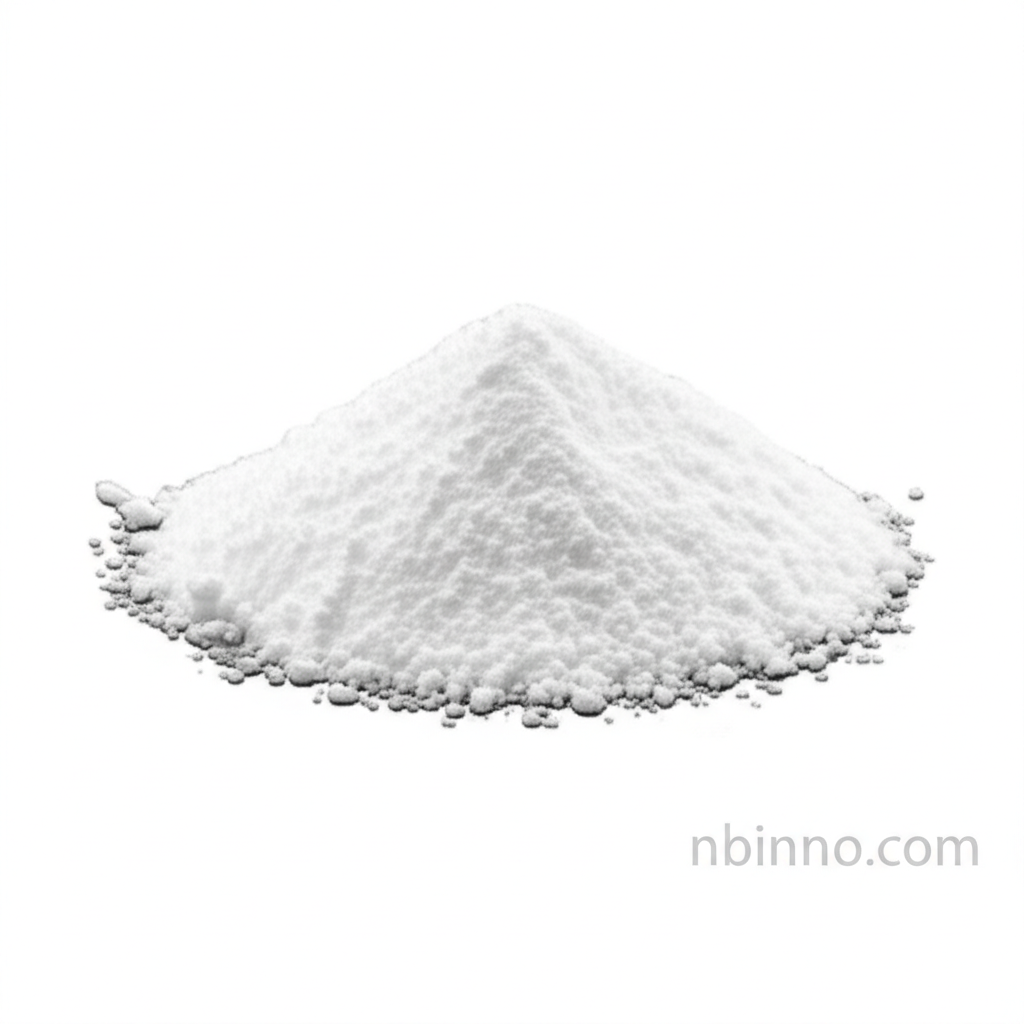Pyrrolidine Hydriodide: A Key Precursor for Perovskite Solar Cell Applications
Explore the chemical properties and applications of Pyrrolidine Hydriodide in advanced photovoltaic technologies.
Get a Quote & SampleProduct Core Value

Pyrrolidine Hydriodide
Pyrrolidine Hydriodide, identified by CAS No. 45361-12-4, is a critical chemical precursor utilized in the synthesis of perovskite materials, particularly for their application in the rapidly evolving field of photovoltaic technology. Its molecular formula is C4H10IN, with a molecular weight of 199.04 g/mol. This compound plays a vital role in the development of next-generation solar cells by contributing to the formation of high-performance perovskite layers.
- Pyrrolidine Hydriodide CAS 45361-12-4 precursor: Essential for the precise synthesis of perovskite compounds used in solar energy conversion.
- Pyrrolidine Hydriodide for perovskite solar cells: Its chemical structure is optimized for incorporation into perovskite formulations, enhancing photovoltaic performance.
- Pyrrolidine Hydriodide photovoltaic applications: Directly contributes to the development of advanced solar cells by acting as a key building block.
- OLED materials and photoelectric materials: While primarily for photovoltaics, Pyrrolidine Hydriodide falls under the broader category of materials relevant to photoelectric applications, including OLEDs.
Key Advantages
High Purity
Ensures reliable performance and reproducibility in perovskite synthesis, crucial for achieving high photovoltaic applications.
Versatile Precursor
Serves as a fundamental component in creating perovskite structures, driving innovation in advanced materials for solar energy.
Chemical Intermediates
Positioned as a valuable chemical intermediate, supporting the development of novel solutions in energy storage and batteries.
Key Applications
Perovskite Solar Cells
As a critical precursor, it enables the synthesis of perovskite materials essential for the next generation of highly efficient solar energy harvesting devices. This is a key area for advanced materials for solar energy.
OLED and Photoelectric Devices
Its chemical properties make it relevant for the broader field of photoelectric materials, contributing to advancements in technologies like Organic Light-Emitting Diodes (OLEDs).
Chemical Synthesis
Serves as a foundational building block in organic synthesis, enabling the creation of complex molecules used across various high-tech industries.
Research & Development
Essential for laboratories and research institutions exploring new materials and compositions for photovoltaic and other electronic applications, supporting fine chemicals for electronics.
